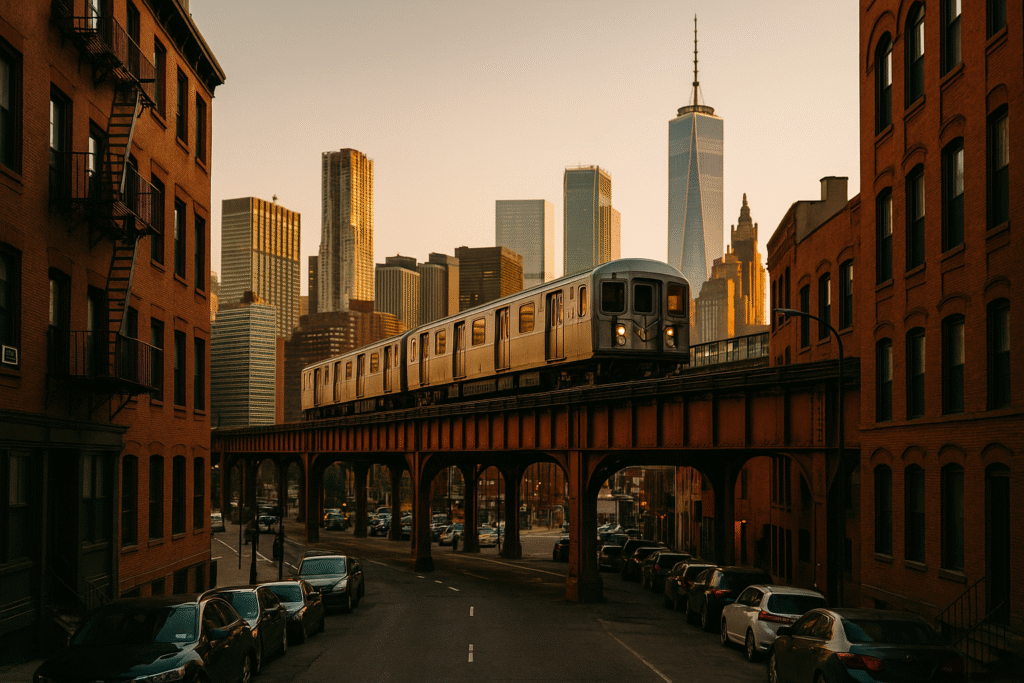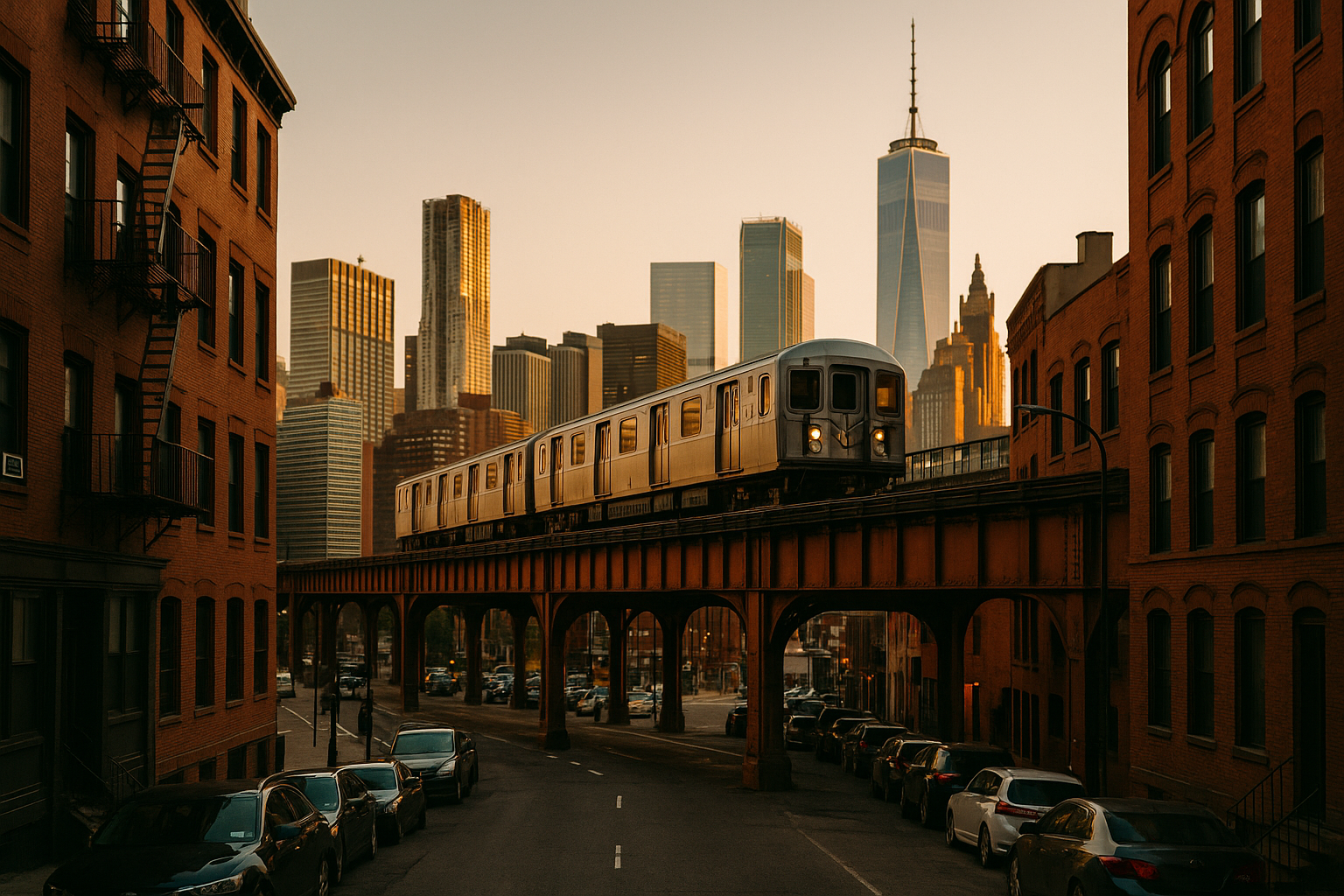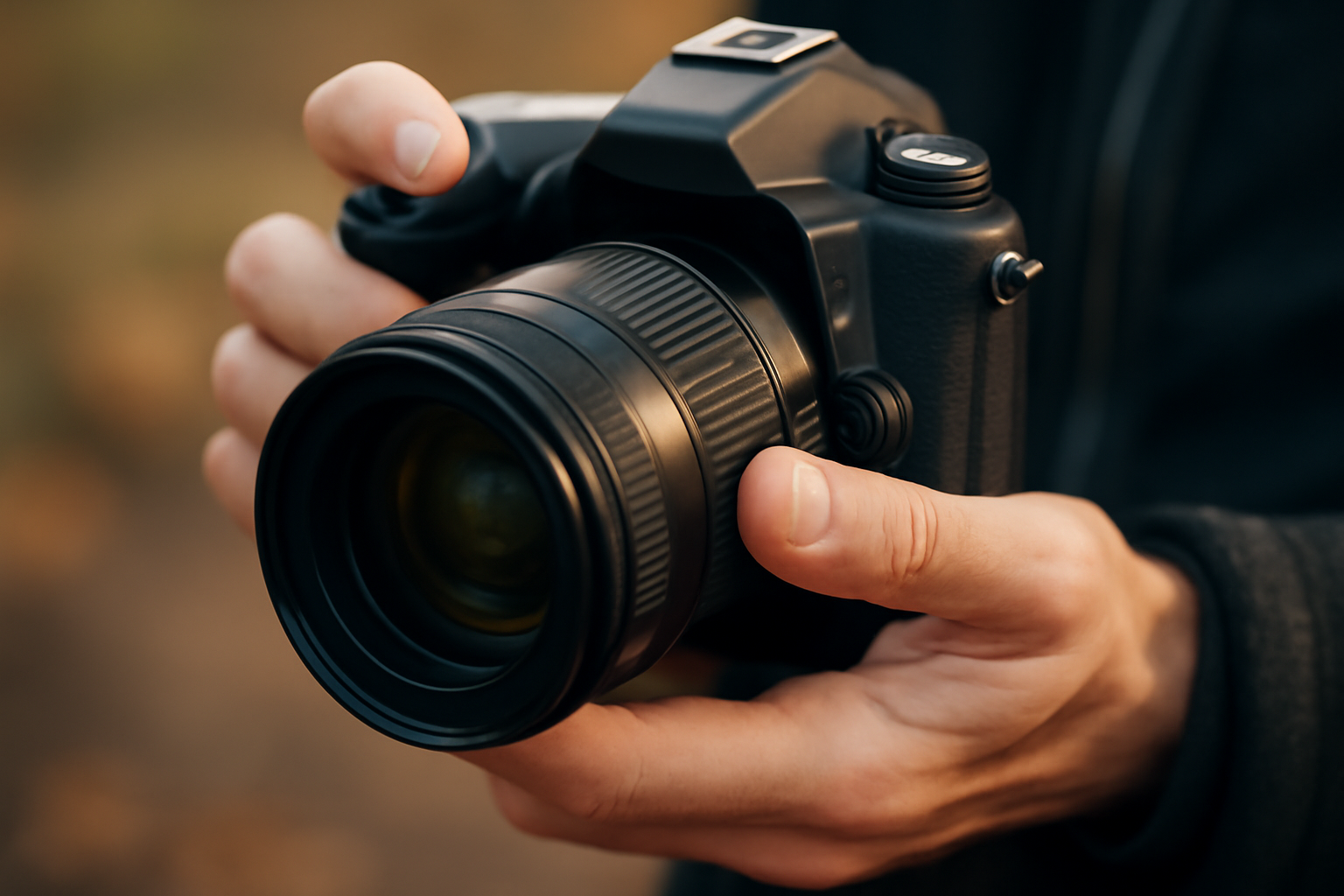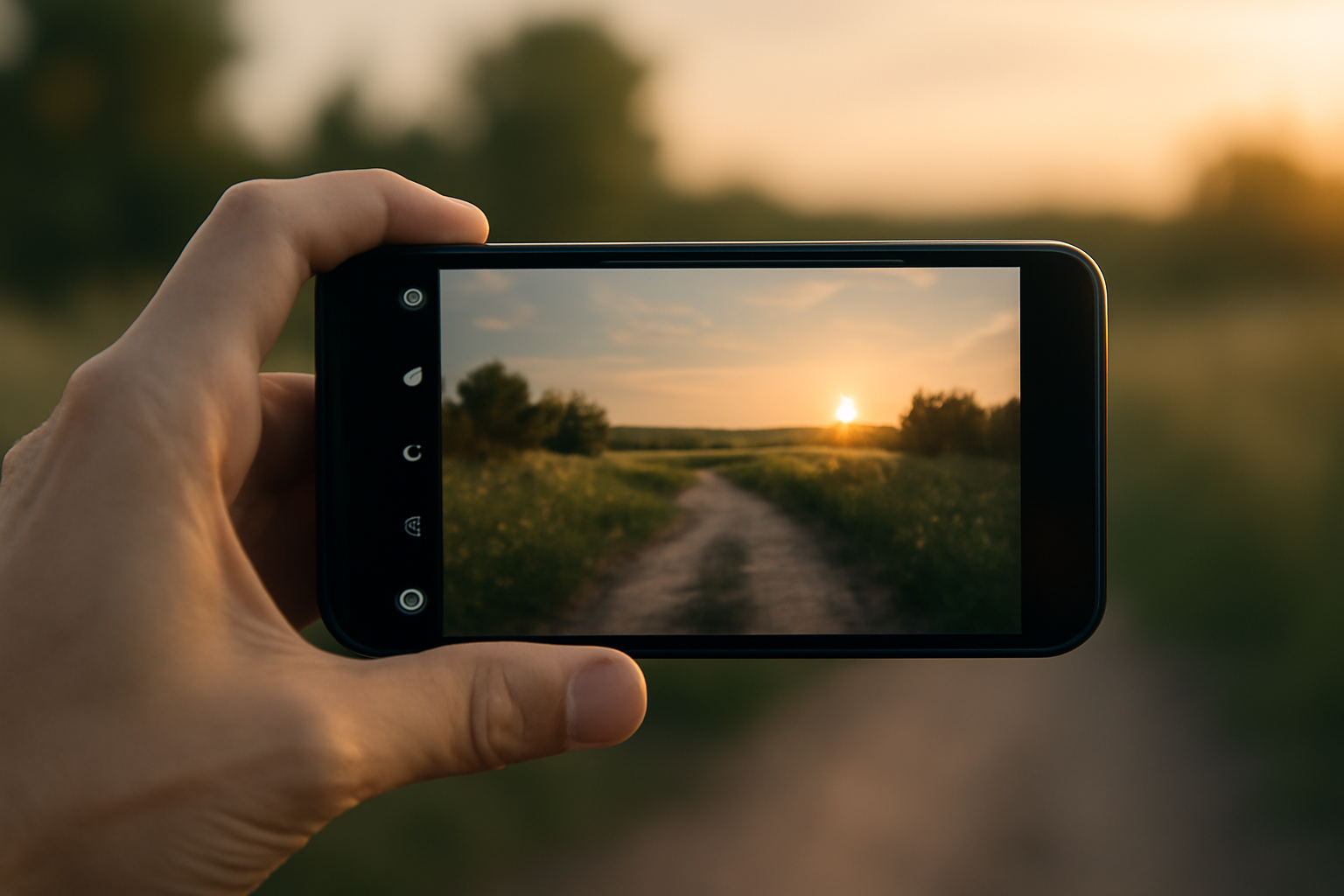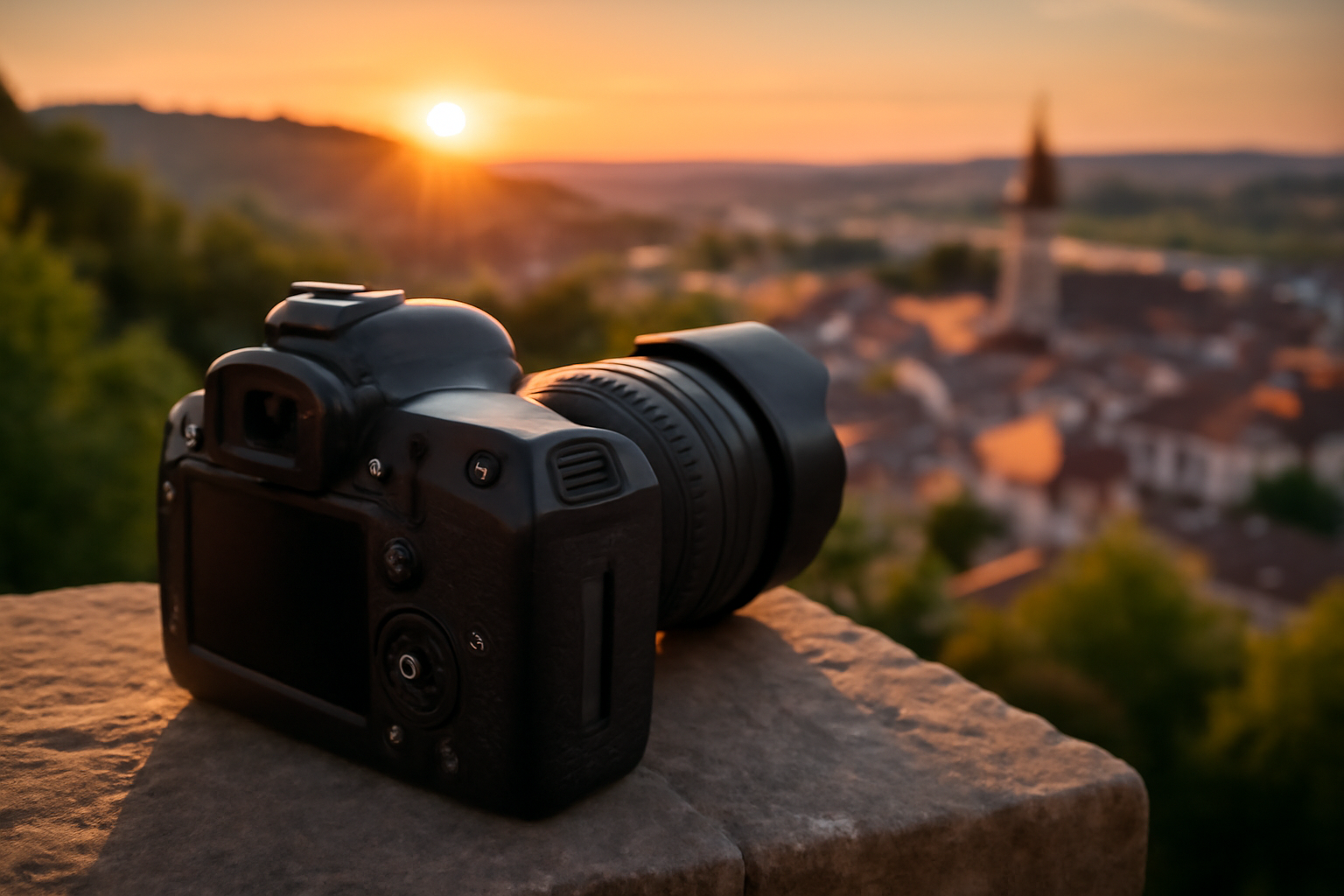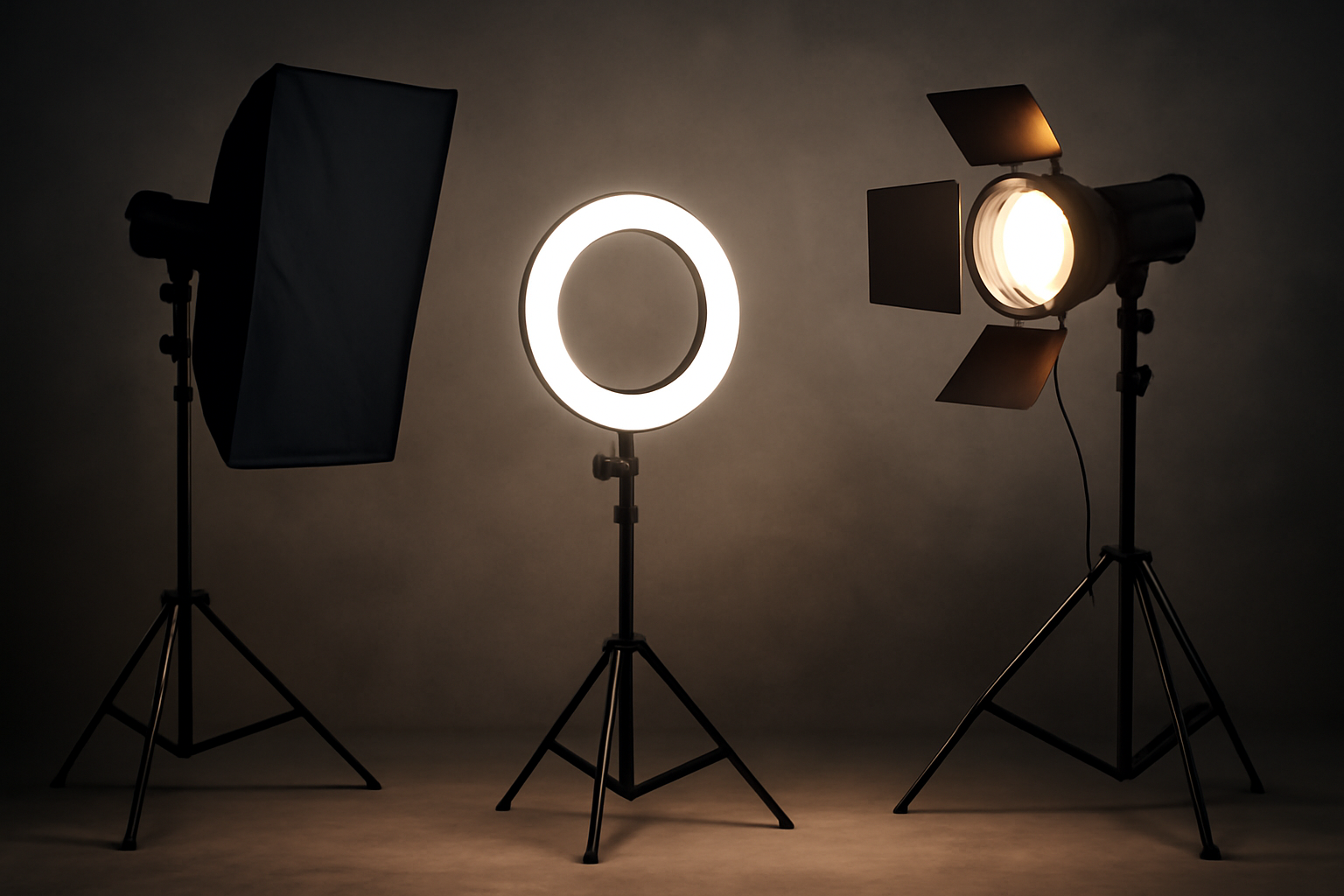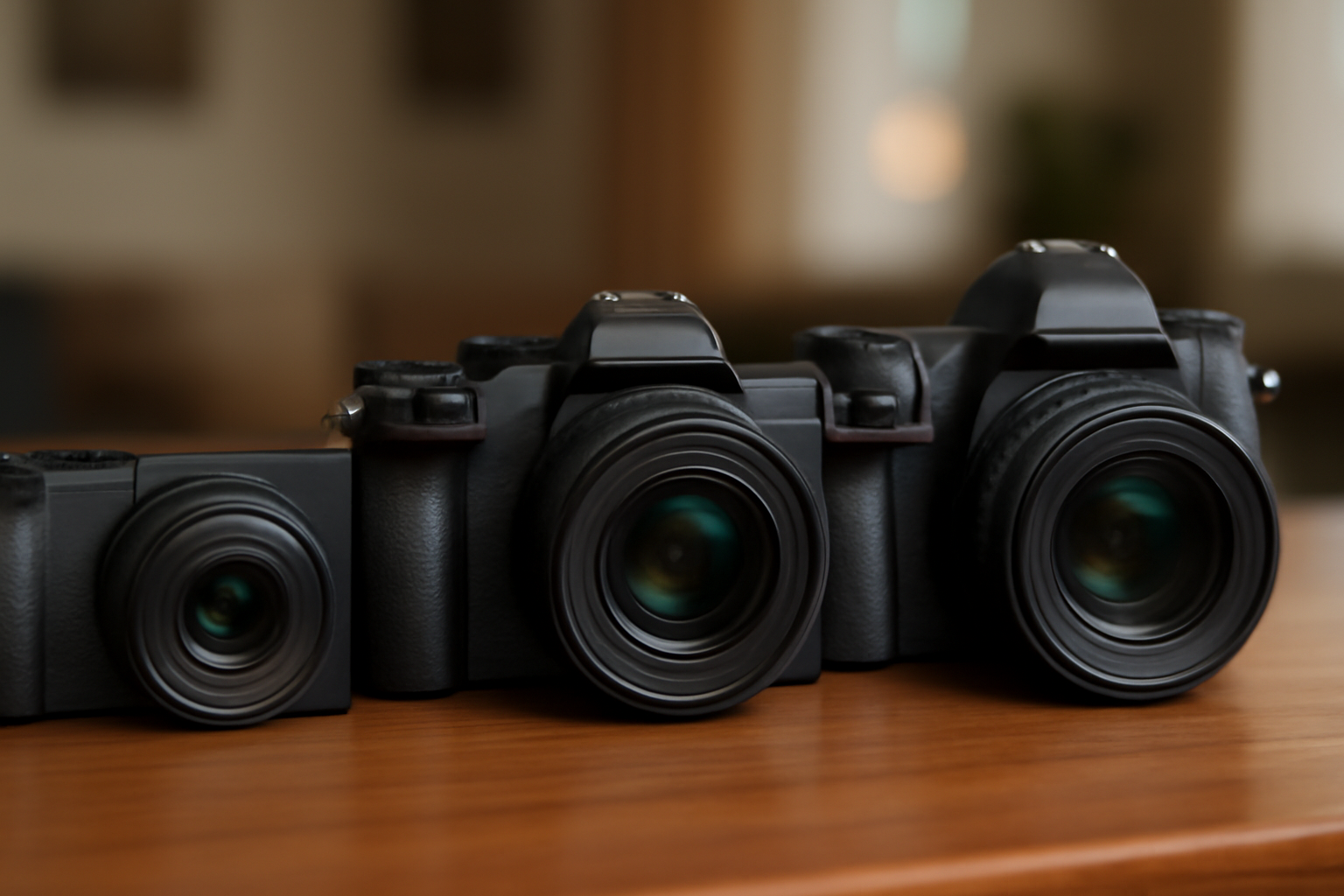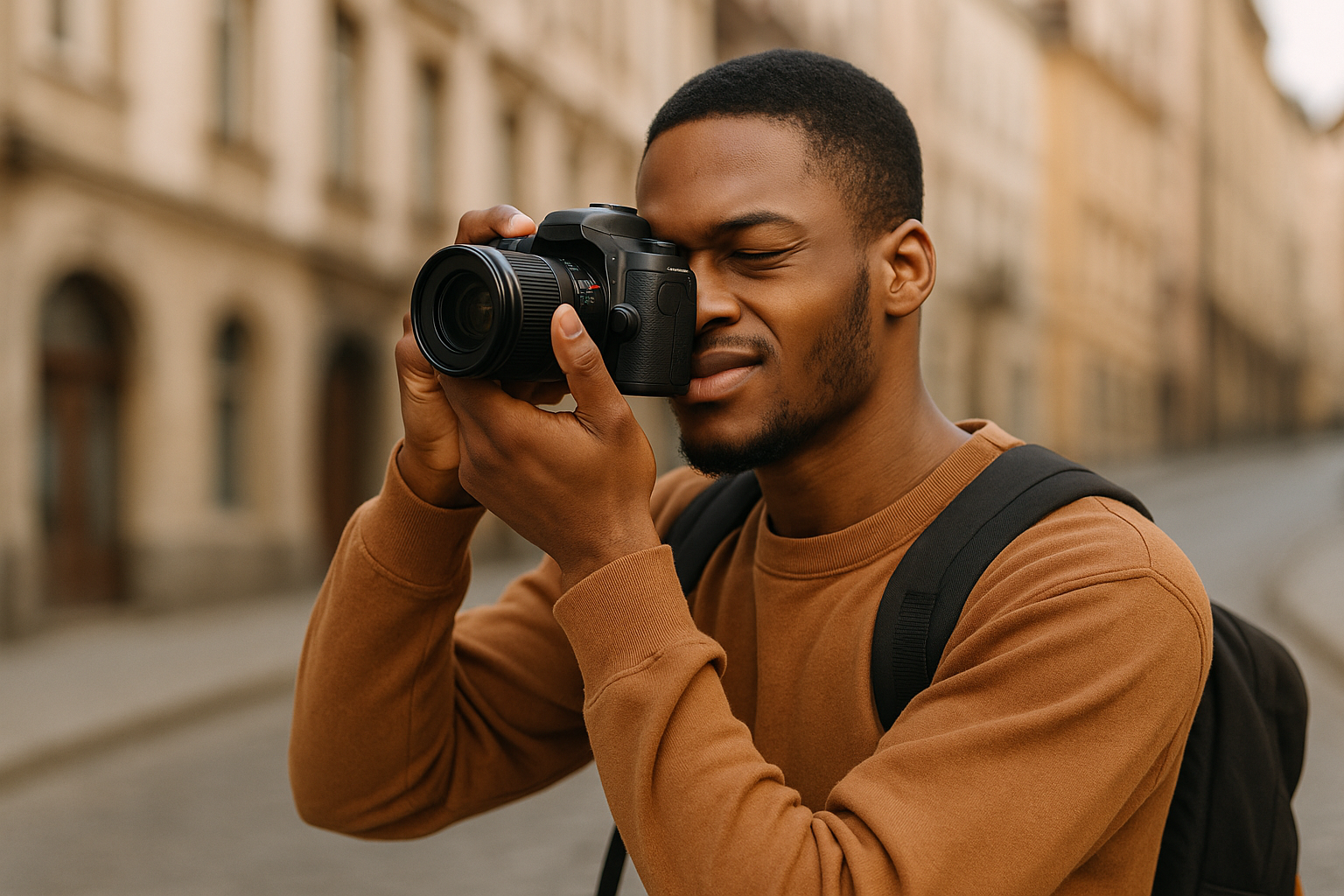Urban photography is more than capturing tall buildings and busy streets—it’s about finding personality in the city and translating it into compelling visuals. Whether you’re walking through alleyways in Lisbon or observing life from a café in Tokyo, the challenge lies in creating something truly original. In the age of social media and infinite scrolling, originality in urban photography is both more difficult and more valuable than ever.
If you’re a traveler, an explorer with a camera in hand, you already know that cities have rhythm, mood, and nuance. This guide will help you see those elements with new eyes, break creative habits, and photograph urban scenes in a way that’s fresh, personal, and authentic.
Look Beyond the Obvious
Every city has its landmarks. The Eiffel Tower, Times Square, Shibuya Crossing. But originality starts when you turn your back on the postcard and start seeing the in-between moments—the faded street signs, the tangled wires, the morning light on a rusted balcony.
Train your eye to notice textures, colors, juxtapositions. Look for cultural contrasts: an ancient temple beside a convenience store, a modern billboard above a crumbling wall. These moments tell stories far richer than the most photographed skyline.
Go off the beaten path. Take side streets. Visit neighborhoods not listed in tourist guides. Observe how people live, how they decorate their balconies, where they pause to rest. Originality often hides in the mundane.
Explore With a Theme in Mind
Having a theme helps you stay intentional. It might be shadows, doorways, reflections, or even color. Walking through a city searching for “yellow” makes you notice things you’d otherwise overlook. Suddenly, it’s not just a city—it’s a canvas.
Pick themes that resonate with your mood. If you’re feeling contemplative, photograph solitude in the city—empty benches, quiet alleyways, people alone in motion. Themes add cohesion and depth to your work, especially when curated into a series.
Try seasonal themes—like winter coats, rain puddles, or blossoming trees. Or emotional themes: joy, tension, chaos, calm. Use your theme to guide what and how you shoot.
You can also choose architectural themes—like ironwork, doors, staircases—or social themes, such as public transportation, local street vendors, or signage. These themes help build storytelling layers into your photos.
Play With Perspective
Most urban photos are taken at eye level. Break that mold. Lie down. Climb up. Tilt your camera. Use wide angles or long zooms to stretch or compress space. Point your lens through objects—fences, windows, puddles. Let your curiosity lead.
Cities are vertical and layered. Include foreground and background details to create depth. A frame-within-a-frame technique—like shooting through a doorway or a subway window—adds narrative.
Photograph reflections in glass doors or shiny buses. Use puddles after rain for symmetry. Shoot from rooftops or stairwells to change how space feels. Unusual angles create unique emotional responses.
Try shooting from public transport—trams, buses, metro cars—to capture life on the move. Or from inside cafés and lobbies, using the glass to frame the outside world like a stage.
Capture Movement and Stillness
Urban life pulses with motion: cars, bikes, people, animals. Capture that energy with slow shutter speeds to blur movement, or freeze time with a fast one. A still subject in a moving crowd creates tension. A speeding bus against a static mural makes a moment pop.
Use leading lines—crosswalks, fences, railings—to guide the viewer’s eye. Experiment with contrast between motion and stillness. Urban photography is as much about what you include as what you isolate.
Try capturing transitions—someone exiting a shop, a bus just pulling away, a cyclist gliding past a mural. These fleeting moments create a sense of time and place that’s impossible to stage.
To push originality, try long exposure photography during twilight or night. Capture light trails, ghosted figures, and reflections. These techniques can transform mundane streets into dreamlike visual stories.
Get Closer. Then Closer Again
Details tell stories. The chipped paint on a bench. A graffiti tag half-covered by posters. A hand reaching for fruit in a market. Zoom in or walk closer until the ordinary becomes compelling.
Train yourself to notice human traces: worn steps, lipstick stains, crooked tiles. Cities are made by people—capture the evidence they leave behind. A close-up can be more powerful than a cityscape.
Don’t be afraid to use your phone or a compact camera when larger gear feels intrusive. Being close doesn’t just change the visual—it creates intimacy.
Get close to emotional moments too. A glance between strangers, the touch of a hand on a café table, the tension in someone waiting at a crosswalk. These unscripted, human elements are gold.
Observe the Light, Chase the Shadows
Light changes everything. Morning sun warms stone, neon signs cast color, fog softens edges. Study how light plays off surfaces—glass, concrete, metal, water. Urban settings offer endless combinations.
Look for shadows stretching across streets or cast by fire escapes. Photograph silhouettes on reflective floors, golden hour glows, backlit pedestrians. Let light lead your composition—it adds emotion without saying a word.
Night photography, too, offers creative gold. Play with long exposures of headlights, reflections in puddles, and neon glows. Each kind of light tells a different story.
Try capturing light transitions: a flickering streetlight turning on, window blinds shifting with wind, the moment when artificial lights overpower fading daylight. These transitions bring drama and soul.
Engage With the People (Respectfully)
Cities are alive because of their people. Street portraits, candid shots, performers, vendors—all bring soul to your frames. But be respectful. Learn how to ask, smile, nod. Sometimes a shared glance is enough.
Tell stories through interactions: a couple laughing at a street corner, a vendor handing food to a child, a musician tuning an old guitar. These moments reveal culture, emotion, and humanity.
Consider creating a short portrait series. Ask locals what they love about their neighborhood and photograph them where they feel most connected. Context elevates portraiture.
In some cultures, engaging with people through photography can lead to meaningful conversations and even invitations. Be open. Listen. Photography can build bridges.
Embrace Imperfection
Urban scenes are messy. Embrace the chaos. A cluttered market, tangled wires, peeling paint—these aren’t flaws; they’re texture. Don’t wait for the “perfect” scene. Instead, find poetry in disorder.
Let imperfections guide your visual storytelling. A cracked mirror can double your frame. Rain on a lens can create abstract effects. Dust and dirt can add mood. Real cities are imperfect. That’s what makes them beautiful.
The gritty details—like street stains, garbage piles, or rusted gates—add character. They show that the city is lived-in and layered.
Capture the unexpected: a dog sleeping on a scooter, laundry hanging from a streetlight, a taxi cab wrapped in advertising. These moments ground your work in reality.
Create Visual Stories
Think like a documentarian. Each shot should answer a question: what is this place, who lives here, how does it feel? String your images together as a series. Tell a story from arrival to departure, morning to night, silence to celebration.
Use wide shots for context, mid shots for action, close-ups for emotion. Show transition—how the street changes with light, how the crowd grows or fades. Your viewer should feel like they’ve walked with you.
You could document a single square over an hour or follow a delivery worker through their route. Storytelling adds depth, and makes your photography memorable.
Create “day in the life” sequences. Pick a small business, a café, a corner. Show how it comes alive. Who visits? What moments unfold? A great photo story turns everyday life into a narrative.
Develop a Signature Style
Originality is about voice. Over time, develop your own visual language. Do you shoot moody and minimal or bold and colorful? Do you edit warm and grainy or sharp and crisp?
Look at your favorite shots. What patterns emerge? What do they say about how you see the world? Stay inspired by others, but don’t copy. The most memorable urban photos reflect the soul behind the camera.
Study how light, framing, and subject choice define your style. Make your editing consistent, but flexible. Let your personality flow through each image.
Take time to review your archives. Find recurring themes or color palettes. Then refine your future shots to enhance that style. Originality often comes from consistency over time.
Stay Curious, Keep Walking
Above all, keep moving. Curiosity is your greatest tool. Wander aimlessly. Take detours. Follow music, light, smells. The most original shots often come when you’re lost—or when you pause in the middle of it all.
Let your intuition guide you. Trust your instinct when something “feels right.” Urban photography is not just about documenting a place—it’s about discovering your own way of seeing it.
Revisit cities you’ve shot before. Go back to the same street at a different time of day or in a new season. The urban landscape constantly changes—and so do you.
Create photo walks for yourself. Challenge: shoot only in black and white. Or no people. Or only vertical frames. These exercises stretch your creativity.
Let the City Speak Through Your Lens
Original urban photography requires more than technique—it demands presence. You have to notice, feel, and respond. You’re not just capturing what’s there—you’re revealing how you see it.
Each city has a soul. Tune into its rhythm. Find stories in its shadows. Let the city speak through your lens, and you’ll create something no one else can replicate.
So grab your camera. Step into the street. And start capturing the cities of the world—not as they are, but as only you can see them.
